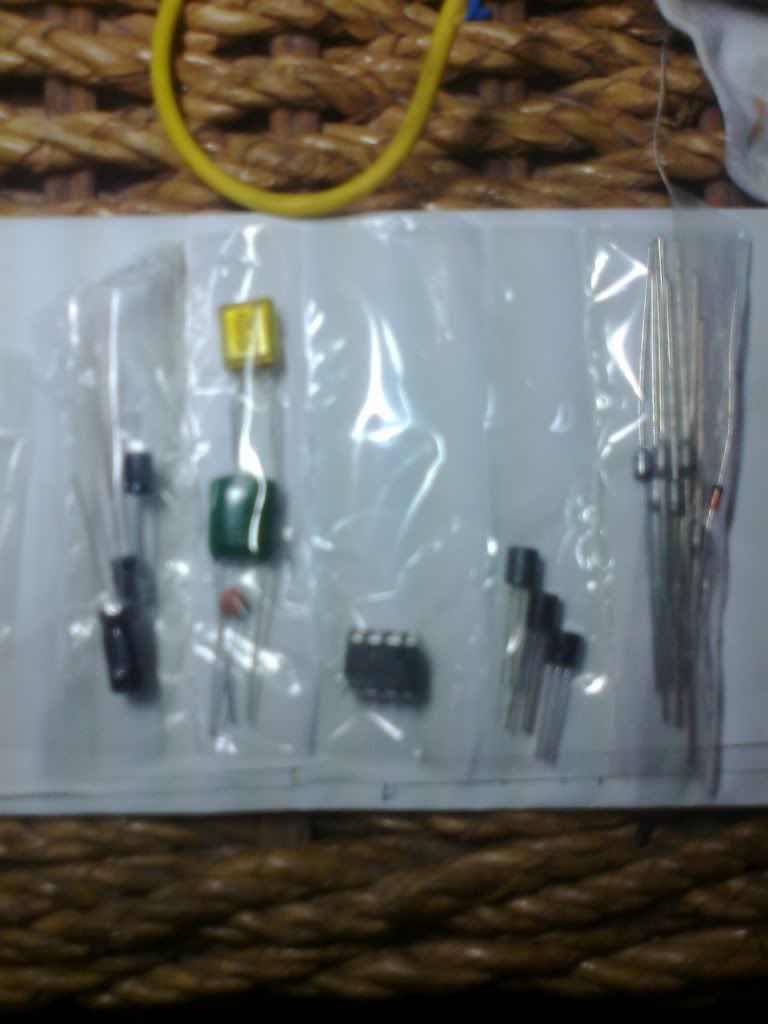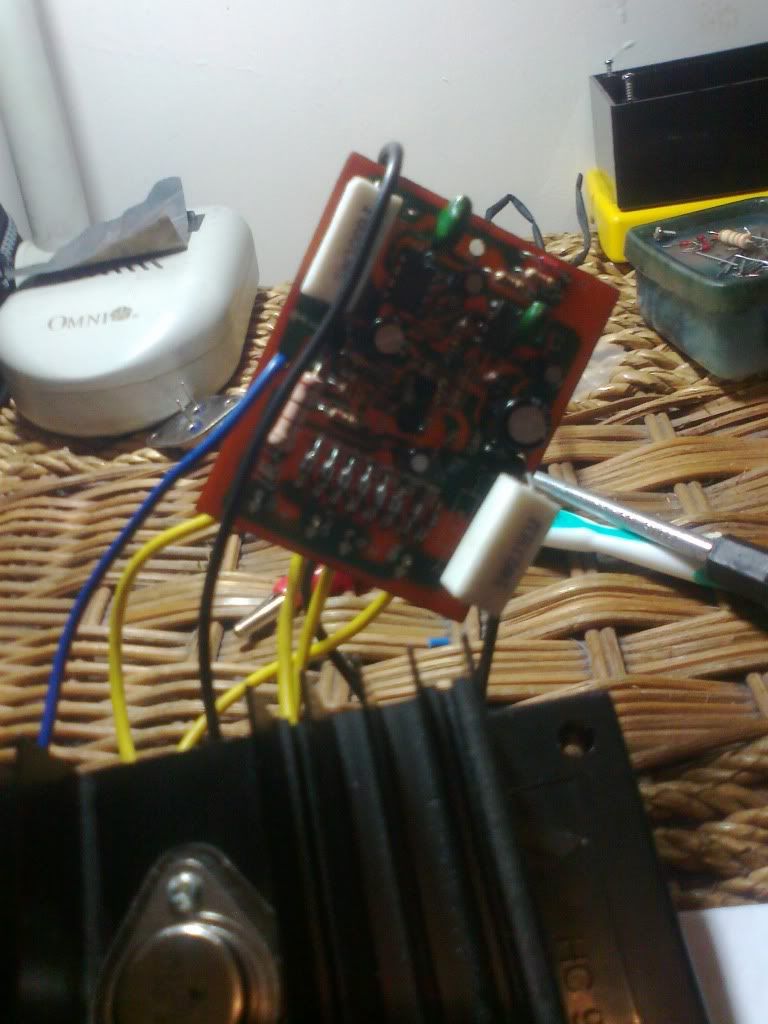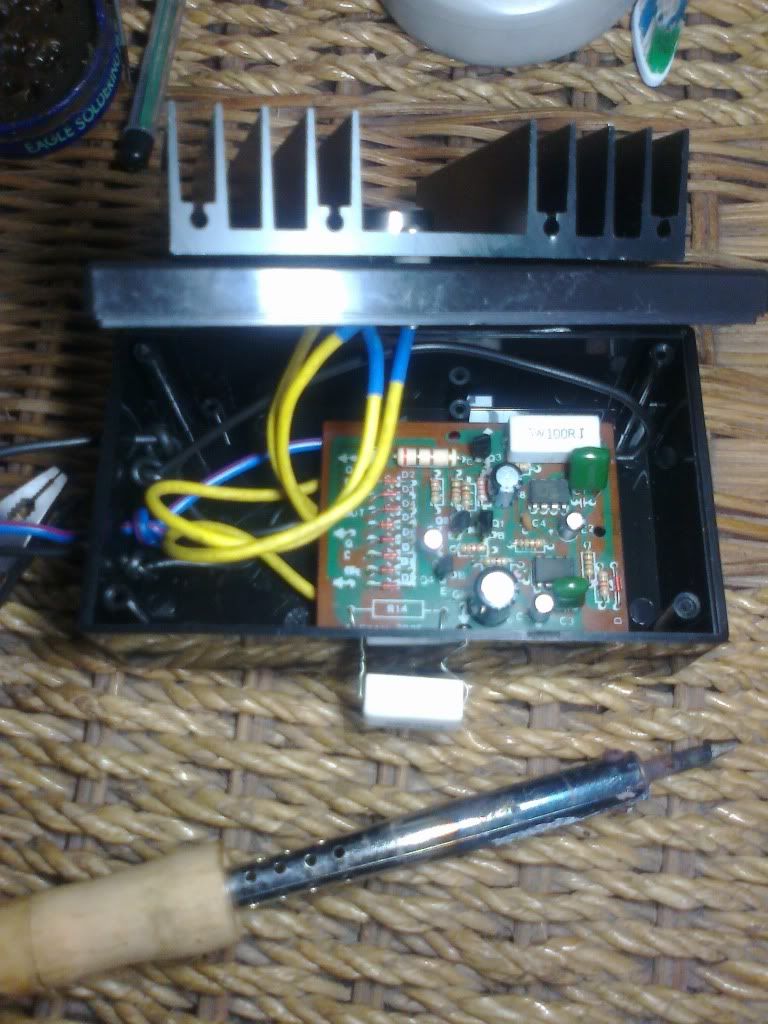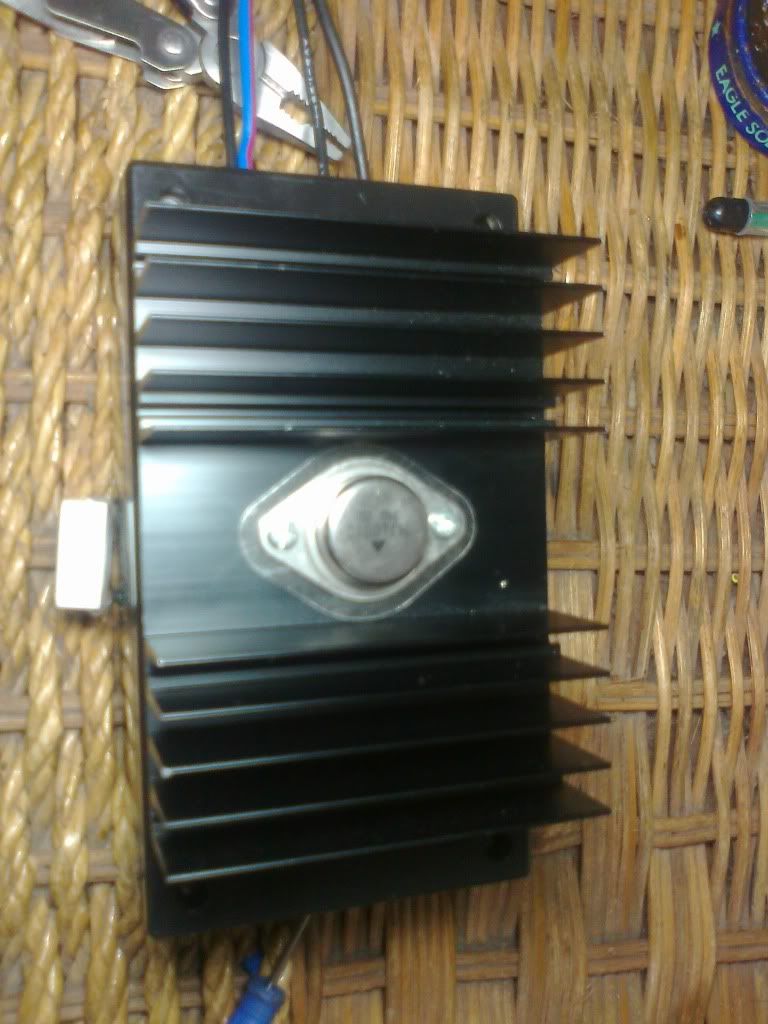Results 1 to 10 of 53
-
 Verified Tsikot Member
Verified Tsikot Member

- Join Date
- Jul 2010
- Posts
- 33
June 27th, 2011 12:14 AM #1Good Day everyone! I just want to share this to everyone.
Recently, I had been occupying my time with rigging my Terrano with an electronic Ignition system. In case some of you don't know, the Z24 engine has been installed with the very "old-school" contact point type system by Nissan. I dont know exactly the reason for it...could be because its a very "water-proof" system...due to cost cutting...or simply neglect from the engineering department of Nissan. The fact of the matter is, this system is flawed in many ways - that's why almost none of the carmakers use them anymore. When installed properly and run at low engine speeds, it can trigger the ignition(coil and spark plug) flawlessly. The problems occur during high engine speeds and/or long term use. I think most of us who owns this type of ignition and do our own maintenance encountered the dreaded "bulutong". This flaw not only reduces engine power, but also decreases fuel economy. This electronic ignition eliminates this factor...thus creating clean and consistent sparks all the time.
If you want to learn more about ignition systems, follow the links below.
Ignition FAQ
http://www.molla.org/DIY-CDI/DIY-CDI-Trigg...TCI-Trigger.htm
Now, there are aftermarket Ignition systems available out there. Different brands like Mallory, MSD 6A & Ultra sell units that perform these things. These are decent units and will work fine with our rigs however, the price tag attached to these are a tad expensive...with some units costing more than 10k! Actually, the reason that drove me to make this is I originally planned to acquire an Ultra Ignition module for my rig. Problem is, the price of the unit increased from when I started planning to have it installed...to an amount that is beyond my own justification(in other words, kuripot kasi ako)...Anyway...
The unit that I made was based on the "electronic enthusiasts" volume 4 book, which can be acquired at Alexan... however, there are lots of other designs out there where you can choose from. The links below can give you ideas on it.
http://www.electronics123.net/amazon/datas...anual_K2543.pdf
http://www.not2fast.com/ignition/cap-dis-ignit-cdi.pdf
http://www.cs.berkeley.edu/%7Ewkahan/TransIgn.pdf
As a matter of fact, Alexan used to sell these as "kits" a decade ago. Unfortunately, they don't sell the kit anymore but they do sell most of the parts we need. You just need a PCBoard where you can solder all the parts together. You can make your own PCB (click the link below on how to make your own)
Make PCBs at home with magazine paper and your laser printer
OR
have it made for you. I was able to scrap a PCB from an old kit but I also had one made from JD Labs which cost me P600 since I only had one printed. They charge less if you order 3 or more PCBs.
After buying all the parts, you can solder them unto your PCB or have someone with knowledge in the field do it for you.

Also, wire the harness properly

Make sure to solder ALL parts in the proper order or you'll fry the diodes(don't worry, a diode costs only P2.50 so you can always purchase extra)

Almost finished unit.

All done.

Install it in an area inside the engine bay where it won't get wet. I'll post a photo of it installed on my rig for your reference.
All in all, the whole project only cost me less than 1,2k. Not bad for an Electronic Ignition module!
I would suggest you try to purchase the "Electronic Enthusiast" volume 4 book since it is more details than the other designs. Also, this module has a 1.5ms spark timer...meaning the coil only produces a 1.5ms spark - giving it enough time to recharge thus creating high voltage sparks everytime.
Since I installed the unit, I felt an increase in power, consistent engine revs, good idle...when it comes to fuel economy, I will not comment yet on an exact figure since I am still double checking the mileage gained...but over all, I felt it can help save on petrol (since the power is maximized)
If you are into electronics stuff, then this project will be very easy for you.
You can also have someone do this for you...
If you need PCB's for these, then PM me so I can help you get in touch with JD Labs.
-
June 27th, 2011 12:41 AM #2
Very nice project. How do i contact JD labs. I have some PCB's that needs to be printed.
-
 Verified Tsikot Member
Verified Tsikot Member

- Join Date
- Jul 2010
- Posts
- 33
June 27th, 2011 01:01 AM #3Come to think of it...I don't have their number! LOL
Their office is located just across where I work so I just cross the street to get there. I'll get back to you on that...or if you want, just PM me your number & i'll give it to their tech for a follow-up call.
-
-
 Tsikot Member Rank 4
Tsikot Member Rank 4

- Join Date
- Oct 2002
- Posts
- 2,716
June 27th, 2011 02:22 AM #5i built one CDI for my car ages ago ... the first thing i noticed was a very quick starting

-
 Tsikot Member Rank 2
Tsikot Member Rank 2

- Join Date
- Jun 2005
- Posts
- 3,774
June 27th, 2011 08:21 PM #6we've been using this kit for more than a decade and is installed in a 78 lancer and 1990 corolla xl. works great and helps on a starting.
i would warn you though to brush up on your electronics skills as this still requires modification. down side of this kit is it charges the ignition coil and produces a lot of heat. once the coil heats up more than it is designed, titirik kotse. ive experienced this a number of times mostly sa slex and commonwealth.
be sure to rig it with a bypass just in case masira ang electronic ignition. btw, we made about 6 of that...
-
 Verified Tsikot Member
Verified Tsikot Member

- Join Date
- Jul 2010
- Posts
- 33
June 27th, 2011 11:43 PM #7*Meledson - Try building one for it na!...Its not as hard as it looks.
*Kinyo - Where did you get the CDI layout sir? Does it have the multi-spark feature?
*Sirkosero - Thanks for the heads-up sir. Actually, I did notice the coil heating up more than usual.
Also, I do see a slight flaw in the design layout. It indicated there to bypass the ballast resistor(rated at 1.5ohms) found on the positive side of the coil. Although they added a resistor in the circuit, it only had 0.5ohms resistance & 5 watts output. This in effect, increases the current & voltage passing through the coil - giving you a bad ass spark, but pushes your coil to its limits.
The thing about ignition coils; even though it is installed in a 12volt system...it is meant to run on only 6 volts of power.(If it was made to run at 12 volts, then you wont be able to start your car since the starter eats up half of the current)...
Based on my observations, there are three ways to remedy this.
1. change the resistor in the module with one that has 1.5ohms rating.
2. Replace it with a heavy duty ignition coil.(the red Bosch coil will work just fine)
3. DO NOT bypass the ballast resistor.
For me, after noticing the heat being produced by my stock coil, I did the 3rd option. It did decrease the power output of my engine just a little bit, but made my coil cooler. I do plan to install a Bosch unit though, so I can take advantage of the added power given by the module.
How to tell if your coil is running more current than it should?
Step 1. Get a multitester or Volt meter and set it to DC. If using digital, set the max voltage to 20V.
Step 2. Hook up the positive needle to the + of the coil. Hook up the neg needle to the (-) of the coil.
Step 3. Turn ignition to ON position. It SHOULD read more or less 6V.
Step 4. Start the engine. Slowly rev the engine and watch the meter. It should rise up to 9V while your revving up the engine. If it reads more than that, your coil is biting off more than it could chew.
Do keep in mind, ignition coils are able to withstand harsh currents. They are made that way. However, it still comes down to how well each coil is made. Meaning, quality coils will be more durable while cheap ones will burn easily.
NOTE:
When acquiring Bosch coils, try to get the red one since the blue one has a resistor already built in the unit.
-
 Tsikot Member Rank 2
Tsikot Member Rank 2

- Join Date
- Jun 2005
- Posts
- 3,774
June 28th, 2011 12:11 AM #8imho, always get the red bosch coil. other brands conk out after a week. although the kit destroyed a couple of bosch as well, when the kit had some problems over time.
btw, the bypass i was mentioning is a wire or a switch that would let you go back to regular ignition in case some components fail.
bit OT, when u had d PCB etched, was it using the ferric chloride solution or photo etching? i saw a kit on the internet years back about a multi-spark ignition system and had the diagram and pcb design. i didnt try it since i hate masking pcb and dipping it in the solution and i dont have the photo etching thing either. btw, i think alexan at soler still sells the kit
-
 Verified Tsikot Member
Verified Tsikot Member

- Join Date
- Jul 2010
- Posts
- 33
June 28th, 2011 03:56 AM #9True, other brands(even imported ones) don't last that long.
As a matter of fact, I installed a bypass that does exactly that, except in the form of a switch...para with just a flick of the switch, back to regular ignition na siya.
I tried making PCB's before but for a different project. I already made 2 units(1 with a recycled alexan PCB and the other 1, I had it made).
Based from what I heard, I think they used a combination of both. Honestly, I didnt want to hassle myself from making my own PCB since I only needed one piece. Luckily, I was able to salvage one.
-
June 28th, 2011 11:17 AM #10
Sir:
I'm very impressed with you work, tyaga mo sir!
I too am looking for someone to make PCB's for me...
Could you please PM me the address of the company that makes them?
Thanks in advance.
Best Regards,
Dusky Lim
P.S. I PM'd you with contact info...




 Reply With Quote
Reply With Quote




Life Lessons From A Monk & His Tuned Mini Cooper S - Speedhunters Sent from my SM-S901E using...
Monk-owned R53